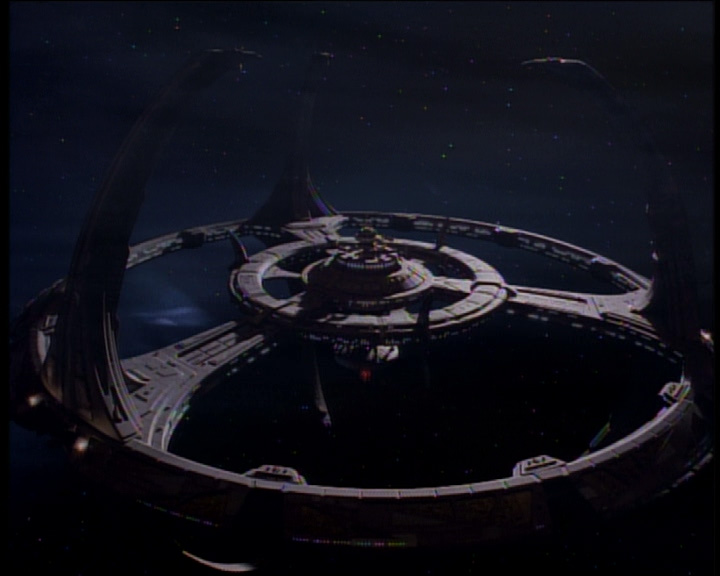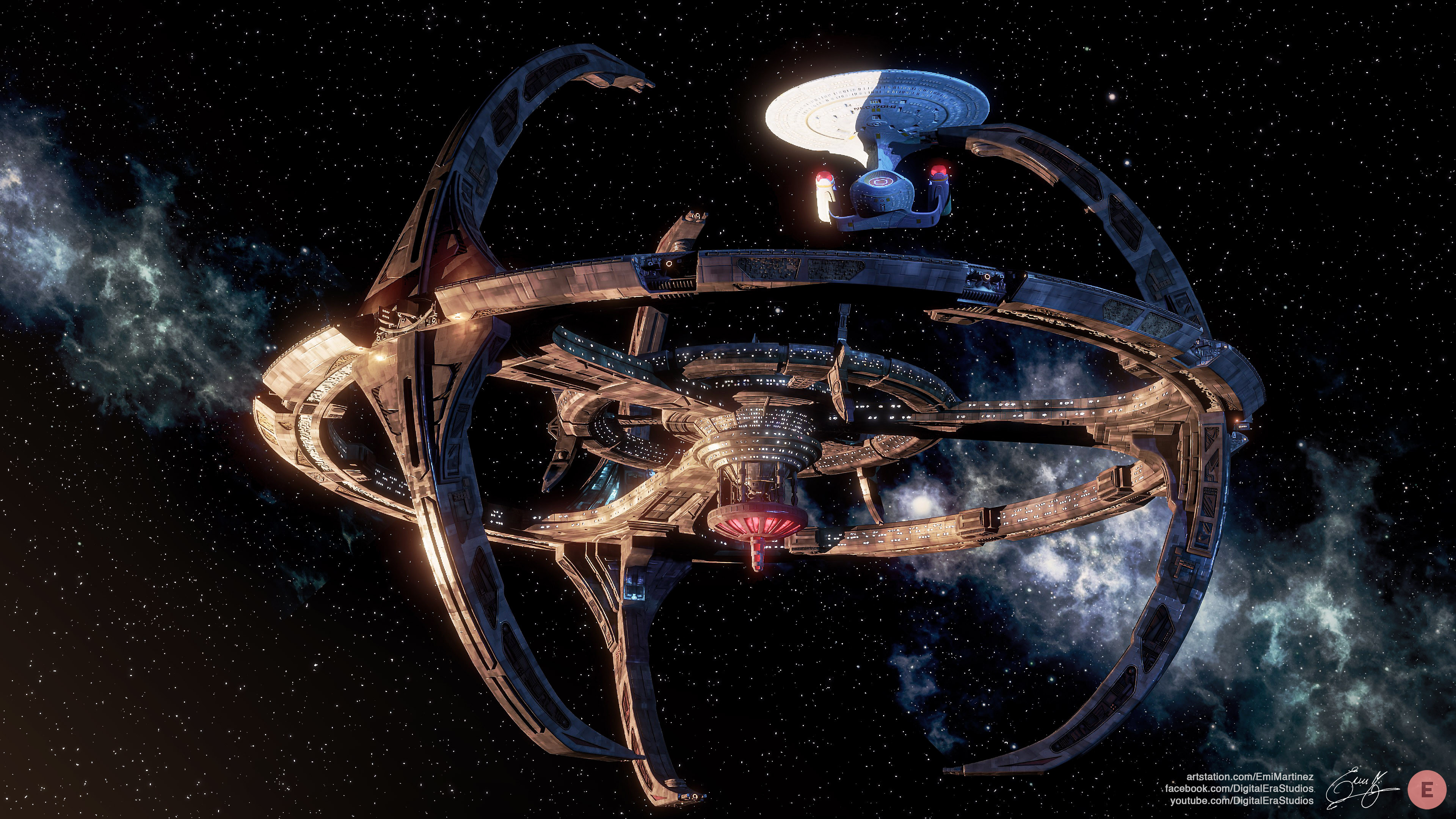
Quark immediately exploits his closeness with a new alien race for financial profit. The Starfleet personnel are keen to pragmatically play their way out of the game, but Kira, the stern, proud Bajoran officer, is reluctant. Sisko is anxious to present his station as exemplary now that the wormhole has thrust them into the spotlight. The episode was clearly affected by budget constraints and rewrites, something flagged by the four(!) credited writers.īut all the dynamics that would define DS9 for its seven-season run are not only present, they’re given a good deal of thought. The scenes of our crew flailing around colorful sets, singing a nursery rhyme over a game of hopscotch while the Wadi click together sticks and say a bunch of made-up words, are painful.

It lacks any strong storytelling or dramatic stakes, as the Wadi reveal that our characters’ lives were never really in jeopardy. It can’t be denied that “Move Along Home” is a silly and flimsy episode. Bashir - all get transported into a labyrinthine simulation of the game, and will need to win to escape. The most surprising feature is that DS9’s chiefs of staff - Sisko, Jadzia Dax, Kira, and Dr. After hours of exhausting his amusements (and frustrated at Quark’s cheating), they unveil a game from their home, Chula, and it’s so convoluted it puts any “laboriously explaining a board game” tropes to shame. When the Wadi arrive, sporting gleaming outfits and a few biker ’staches, Sisko is surprised they’re only interested in playing games at Quark’s bar. Naturally, Commander Benjamin Sisko wants everyone on their best behavior. In “Move Along Home,” Deep Space 9’s mix of recently posted Starfleet and Bajoran personnel welcome an unknown alien race from the Gamma Quadrant through the massive wormhole that’s opened on the space station’s doorstep. Hadn’t the writers, many of whom had written for both shows, come a long way since those fledgling days? But while fans are quick to rank the episode among their least favorite, it still manages to hold fast to DS9’s core ethos, a distinction that makes DS9’s rough Season 1 far better than TNG’s. Episode 9 of Season 1 didn’t just feel like a reused TNG adventure it felt like a reused adventure from TNG’s baffling and much-maligned Season 1. DS9 had little time to prove that The Next Generation’s success wasn’t just a fluke, and time ran out on them fast. That’s what makes Deep Space Nine’s “Move Along Home” so fascinating. Take recent Trek shows Discovery and Picard - many fans weren’t won back by their Season 3 upticks because they’d so readily abandoned them in their early episodes.
Deep space nine station series#
There are too many shows demanding too much of our time for us to be patient with a series for multiple seasons, so the era of prestige TV has conditioned us to expect stellar quality right out of the gate.

Deep space nine station upgrade#
The upgrade included several new phaser and photon torpedo banks.įrom 2373 to 2374, the station was briefly overrun by a Dominion occupation force, which featured Cardassian troops.One of the problems with today’s streaming-dominated television landscape is that no show gets the chance to, as Star Trek fans would say, “grow the beard,” a reference to a show signaling the conquest of its teething problems by having a main character debut facial hair. In 2372, the station upgraded its weapons and put them to use during an incursion with the Klingons, following the Klingons' removal from the Federation-Klingon alliance. When the Bajoran wormhole was discovered nearby, linking the Bajoran system to the Gamma Quadrant, what had once been a backwater station became a bustling hub of commercial, scientific, and strategic significance, reflecting Bajor's new-found independence and strength within the Alpha Quadrant.

Soon after, at the request of the Bajoran provisional government, Starfleet assumed command of Deep Space Nine and gave it a Starfleet designation. Previously called by its original creators "Terok Nor," this old Cardassian mining station orbiting the planet of Bajor was built in 2351 and abandoned 18 years later as the Cardassian occupation of Bajor came to a close and the Cardassian retreated from the system.


 0 kommentar(er)
0 kommentar(er)
